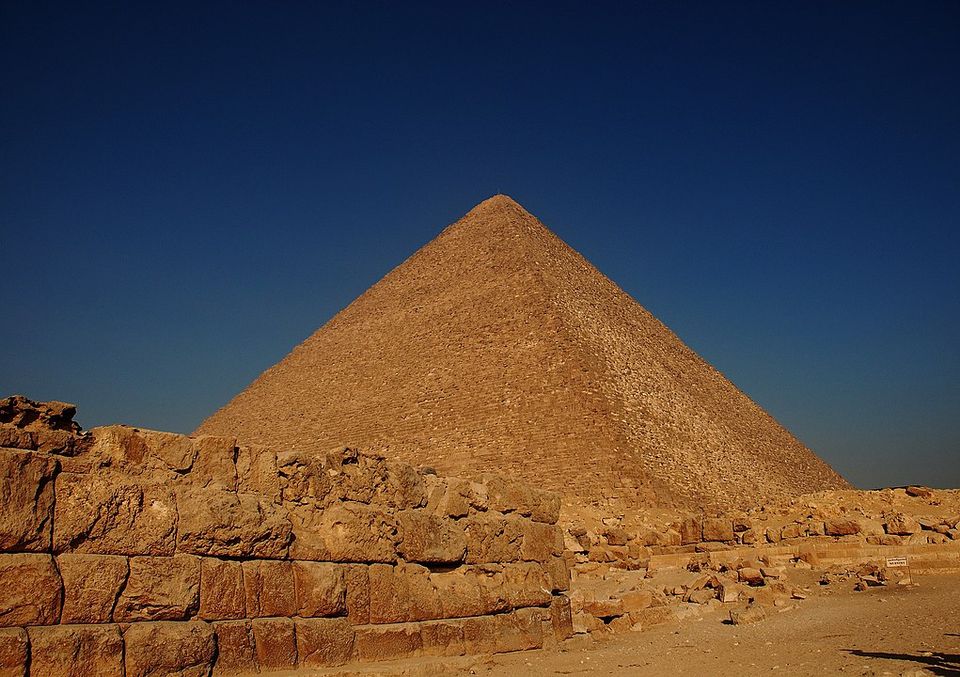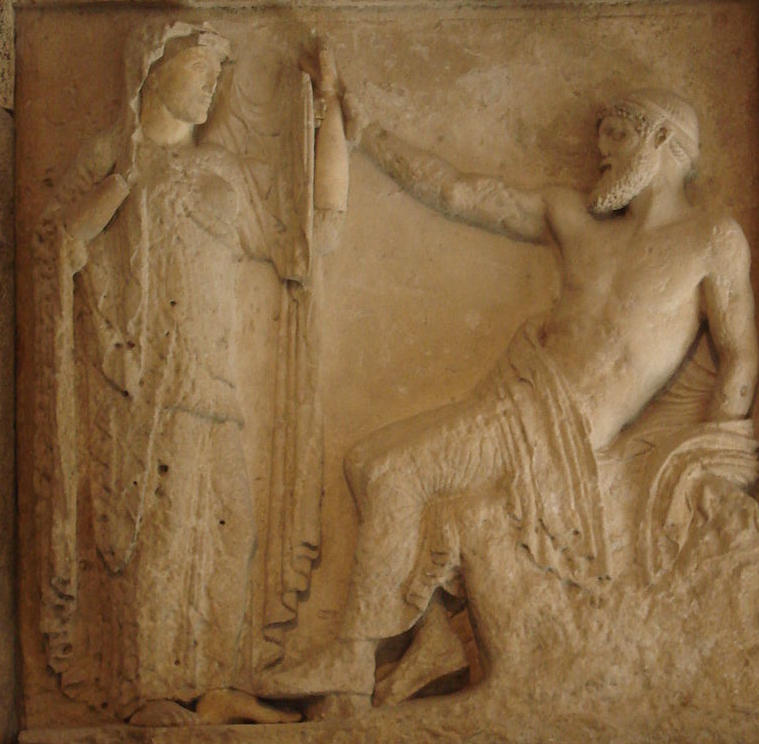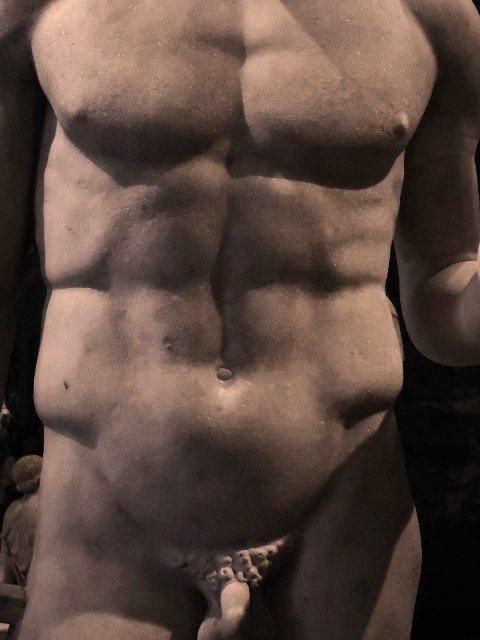Mythology Monday: The 7 Wonders of the Ancient World

This week's #MythologyMonday theme was buildings and architecture. So I wanted to talk about the 7 Wonders of the Ancient World. Originally a sight-seeing guide, ancient travellers had listed the marvels they encountered on their trips. Diodorus Siculus is the first to mention such a list.
The lists have slight variations, with the 7 Wonders we know today based largely on those listed by Antipater of Sidon. The number 7 was chosen because the Greeks believed it represented perfection since it equalled the number of planets known in ancient times: Mercury, Venus, Mars, Jupiter, Saturn, the Sun and the Moon. We also have a 7-day-week because of the planets.

The oldest of the 7 Wonders by far and the only one surviving to this day is the Great Pyramid of Giza. It was built in ca. 27 years in the early 26th century BCE. It is the tomb of 4th Dynasty pharaoh Khufu and remained the tallest building for more than 3,800 years. The smooth, white stone casing is almost completely gone now and the golden tip hasn't glistened in Egypt's sun for a long time. But the remains are still there, more than 4000 years later.
The 2nd oldest are the Hanging Gardens of Babylon. They were described as a remarkable feat of engineering with ascending, tiered gardens:
"In this palace he [Nebuchadnezzar II] erected very high walls, supported by stone pillars; and by planting what was called a pensile paradise, and replenishing it with all sorts of trees, he rendered the prospect an exact resemblance of a mountainous country."
The 3rd oldest and most beloved by Antipater of Sidon is the Temple of Artemis in Ephesos. The Greek poet Kallimachos attributed it to the Amazons. The Ephesians built it at their own expense, politely refusing Alexander of Macedon's offer to pay for it:
"It would be improper for one god to build a temple to another."
Strabo, Geography, Book 14.1.22
The 4th oldest is the statue of Zeus in his temple in Olympia. It had been made by the Greek sculptor Phidias around 435 BCE as a chryselephantine sculpture of ivory plates and gold panels on a wooden framework. The statue was lost and likely destroyed during the 5th century CE.
The 5th oldest monument and the one that survived the longest of the destroyed Sights of the Ancient World is the Mausoleum of Halicarnassus. Successive earthquakes from the 12th to the 15th century shattered the tomb of Mausolos, which had stood above the city and then its ruins for sixteen centuries.
The 6th oldest and shortest-lived of the "7 Sights" is the Colossus of Rhodes, a giant statue of Helios that was erected in the city of Rhodes, on the Greek island of Rhodes, in 280 BCE. Its construction celebrated the successful defence of Rhodes city. As the story goes, the giant siege tower's metal plating was melted down and "was used to erect a statue of their sun god, Helios, now known as the Colossus of Rhodes, to commemorate their heroic resistance."
The last on the list to be erected was the Lighthouse of Alexandria, built during the reign of Ptolemy II of Egypt. The light was produced by a furnace at the top of the tower of limestone and granite.
The last of its remnant stones were used to build the Citadel of Qaitbay.
Links
Title image: The Great Pyramid of Giza, photographed by Vincent Brown, Wikimedia Commons



